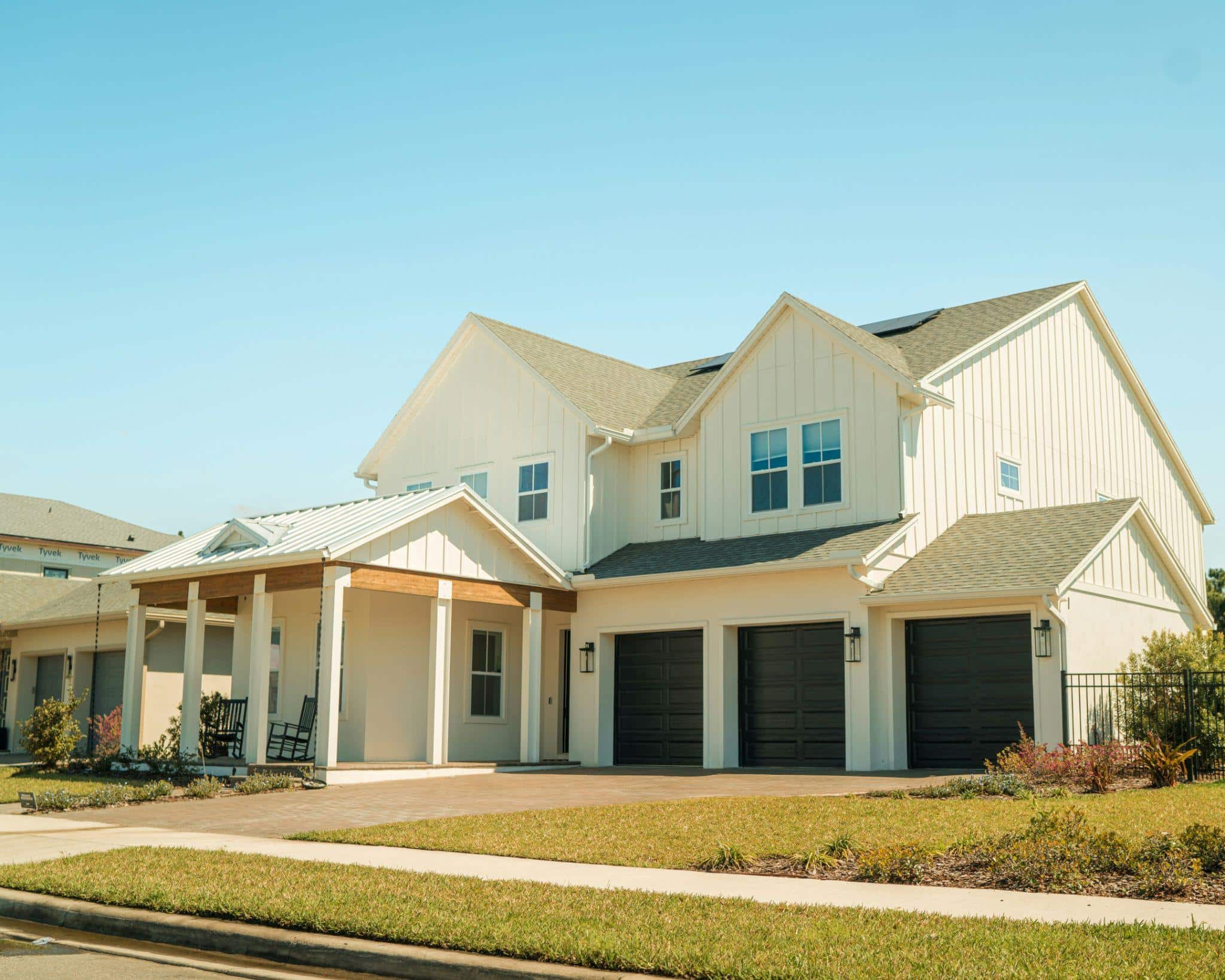Are you struggling with high energy bills in an old home? Keeping a comfortable temperature all year round can feel like a constant battle, especially if your house wasn’t built with energy efficiency in mind.
The good news is that, with a few smart upgrades, you can cut down on energy waste and make your home more comfortable.
Ready to take control of your energy use? Here are simple projects that can make a big difference. From sealing air leaks to upgrading windows, these practical solutions can help you regulate temperature more effectively and save money in the process.
1. Seal Air Leaks
Sealing air leaks is an easy and effective way to support efficient energy usage and reduce heating and cooling costs in your residence.
Gaps around windows, doors, and other openings allow air to escape, which makes your heating, cooling, and air-conditioning (HVAC) system work harder and use up more electricity.
To find these leaks, inspect areas where two building materials meet, such as window frames and door edges. Use caulk to seal cracks or apply weatherstripping around movable parts. For larger gaps, you can also consider foam sealants.
Addressing air leaks can reduce heat loss by up to 24 per cent, making your house more energy-efficient and comfortable year-round.
2. Install Energy-Efficient Windows
Did you know that upgrading to energy-efficient windows can save you around 35 per cent of your energy bills?
Double- or triple-pane windows with Low-E coatings help reduce heat transfer, keeping your abode warm in winter and cool in summer. For even better insulation, consider adding window furnishings like plantation shutters or thermal drapes which can block heat in summer and trap warmth during colder months.
If full window replacements aren’t feasible, heat-blocking window films are a cost-effective alternative to improve energy efficiency without breaking the bank.
3. Upgrade Doors
Doors play a critical role in regulating the temperature inside your house. Poorly insulated doors can lead to up to 40 per cent heat loss, so door upgrades may be necessary.
Insulated exterior doors help minimise heat transfer, keeping your home cooler in summer and warmer in winter.
When selecting new doors, look for materials like fibreglass or steel, which provide superior insulation compared to traditional wood. Features like Low-E glass and weatherstripping also help reduce heat loss and prevent drafts.
4. Invest in Renewable Energy
Solar energy systems are a long-term investment that can significantly reduce your electricity bills. By generating your own power, you rely less on the grid and can even offset your usage, leading to lower monthly utility costs.
Before installing solar panels, consider factors like roof condition, sun exposure, and available space. Many homeowners can also benefit from government rebates or tax incentives, making the upfront costs more manageable.
Over time, solar panels not only pay for themselves but also contribute to a cleaner, more energy-efficient home.
5. Apply Cool Roof Coatings
Cool roof coatings are an affordable way to reduce heat absorption and energy costs in your home.
These coatings reflect sunlight, keeping your roof cooler and reducing the amount of heat transferred into your home. As a result, you’ll rely less on air conditioning, which can lead to significant energy savings, especially in hot climates.
Lighter-coloured or reflective roofs work best. However, more innovative technologies now allow even darker coatings to offer similar benefits.
Applying a cool roof coating makes your home more comfortable while extending the life of your roof by minimising heat damage.
6. Improve Roof Insulation
Roof insulation is critical in regulating temperature by preventing heat from escaping in winter and entering in summer. Adding insulation under your roof deck can improve energy efficiency, reduce drafts, and lower utility bills.
Here are common types of roof insulation materials available in the market:
- Spray Foam Insulation (SPF): This offers excellent thermal performance and moisture resistance, protecting your house from the elements.
- Polyurethane Foam: Known for its high R-value, it provides strong insulation and long-term savings on heating and cooling.
- Fibreglass Insulation: Affordable and easy to install, fibreglass is a popular choice for most homeowners.
- Insulation Boards: These are rigid panels with high thermal resistance, ideal for flat roofs.
- Batt Insulation: These are composed of pre-cut fibreglass or mineral wool sections, perfect for filling gaps between roof rafters.
7. Perform Roof Repairs
Sometimes, preventing energy loss and protecting your home from weather damage is a simple matter of regular roof maintenance.
Addressing damaged shingles, missing flashing, and minor leaks helps prevent heat loss and water infiltration, both of which can raise your energy bills. Routine inspections by professionals offering all roofing services can help identify potential issues early, saving you from costly repairs down the line.
For an Energy-Efficient Home
Implementing these practical upgrades can make a big difference in your home’s energy efficiency and comfort. Even small changes, like sealing air leaks or improving insulation, can lead to noticeable savings on your utility bills. Take action now, whether through DIY projects or professional help, so you can enjoy a more energy-efficient home year-round.








